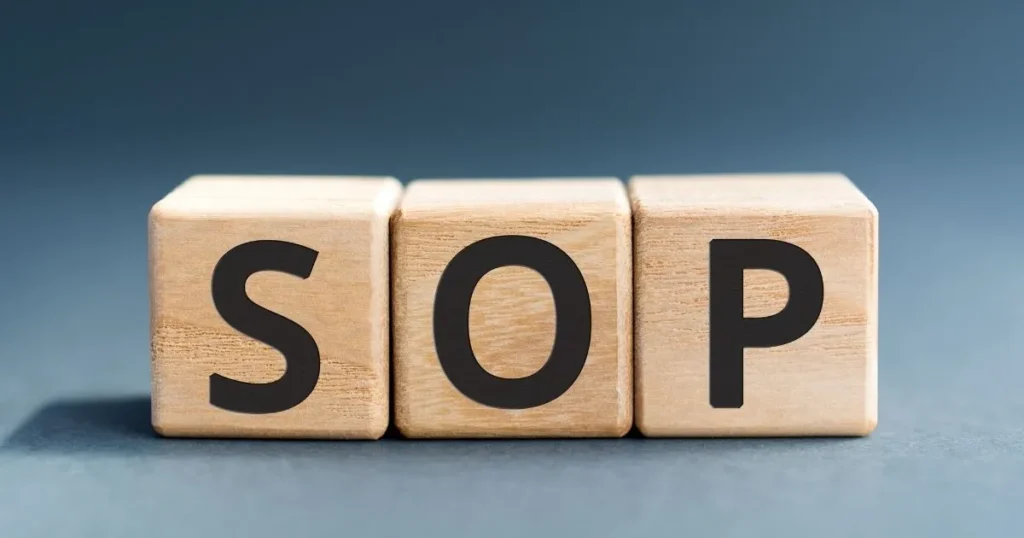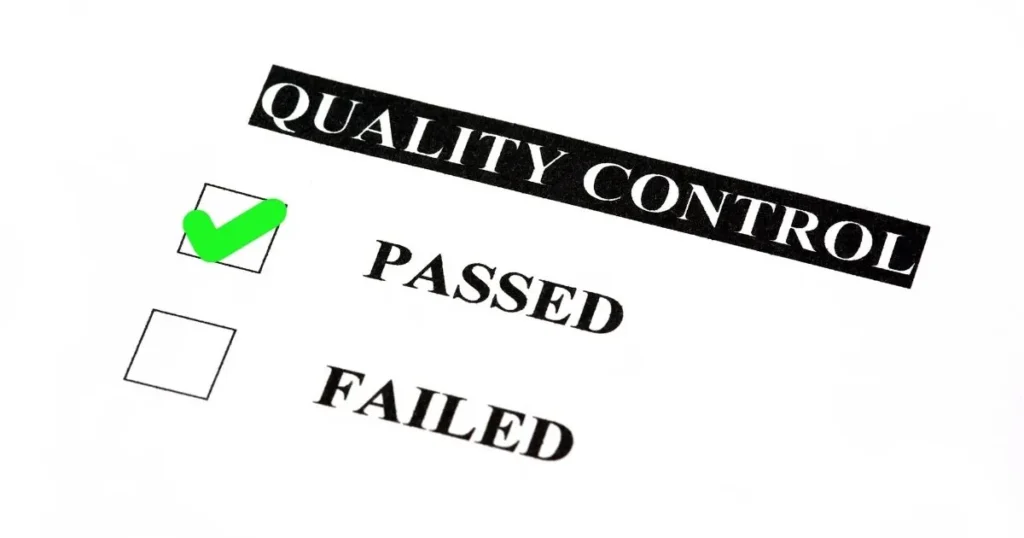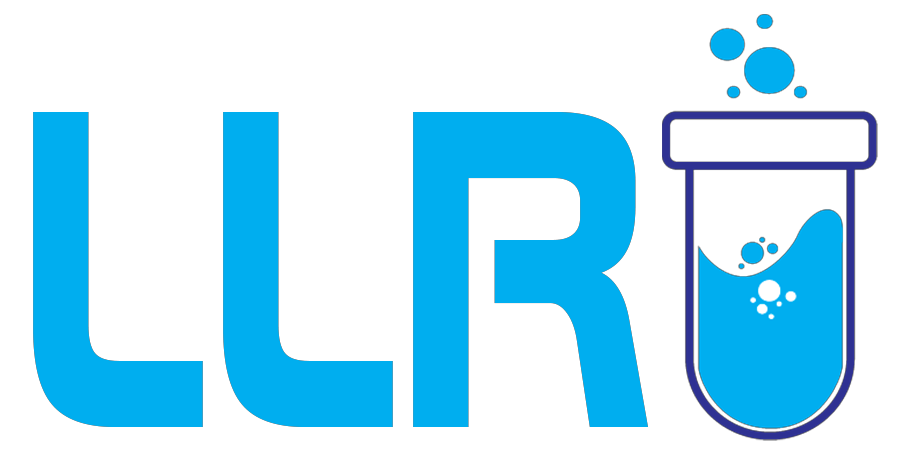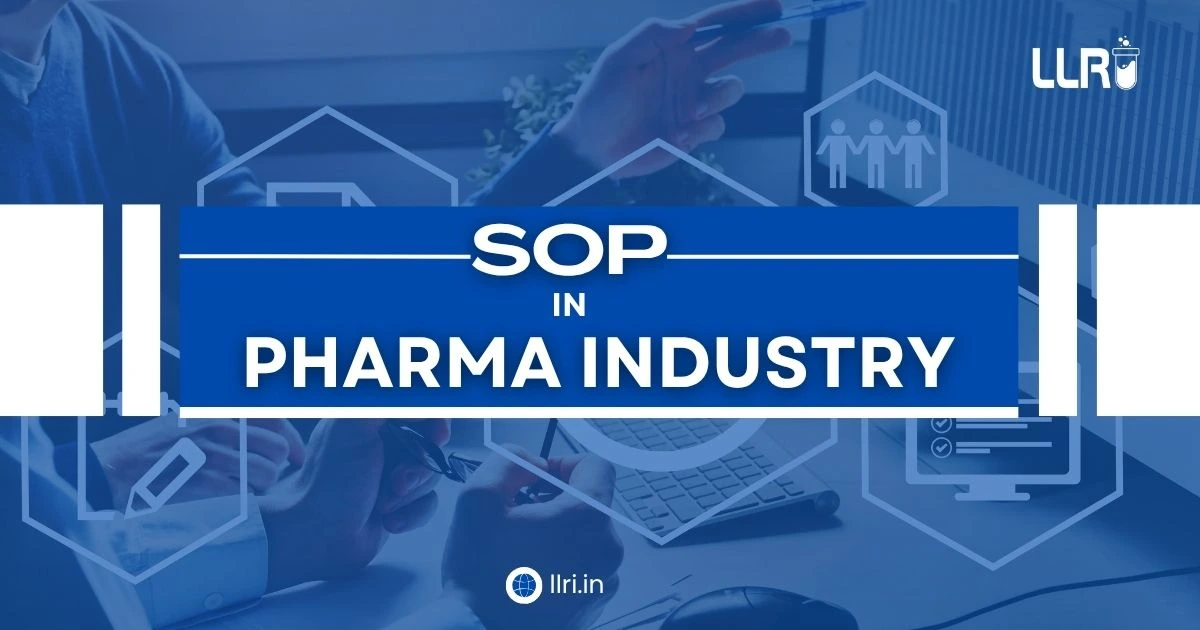SOP in Pharmaceutical Industry: In the pharmaceutical world, precision isn’t optional. It’s mandatory. And one way this precision is maintained across functions is through SOPs. If you’ve ever wondered what “sop in pharmaceutical industry” actually involves, you’re in the right place.
Whether you’re a pharma professional, a student, or just someone curious about how medicines are made under strict control, this guide will walk you through the why, what, and how of SOPs in the pharma space.
What is SOP in Pharma?
Let’s start from the basics.
SOP full form in pharma is Standard Operating Procedure. It’s a step-by-step guide written to describe how a specific job or process should be performed. These documents are not just paperwork, they’re vital for maintaining consistency, compliance, and safety.
Now you might ask: “Why standard operating procedures are important?”
Well, here’s a straightforward answer:
“SOPs reduce variability and human error, helping ensure product quality and regulatory compliance,” says LLRI expert Gowthami.
They help employees do tasks the same way every single time, reducing guesswork and ensuring reliability.
Read More: SOP in Clinical Research: Meaning, Importance & Examples Explained

Meaning of SOP in Pharmaceutical Industry
The term sop in pharmaceutical industry refers to the complete documentation system of SOPs covering every aspect of pharmaceutical operations. From manufacturing and storage to sanitation and quality checks, there’s an SOP for almost everything.
This framework makes sure every function, whether it’s drug mixing, temperature control, cleaning, or pest control, follows a written, approved method.
Why SOPs Matter So Much in Pharma
Still wondering why SOPs are such a big deal in the pharmaceutical industry?
Here’s why they carry so much weight:
- Regulatory compliance: Bodies like the FDA, WHO, and CDSCO expect documented evidence of processes.
- Training & onboarding: SOPs act as training tools for new employees.
- Quality assurance: Ensures consistent output and reduces batch rejections.
- Accountability: Everyone knows their role and the correct procedure.
- Risk management: Helps prevent contamination, mix-ups, and non-conformance.
“Without SOPs, we’re flying blind. With SOPs, we fly with direction,” says Nandini S, an auditor with 12 years in pharma compliance.
Types of SOPs in Pharmaceutical Industry
Alright, here’s where it gets real. The sop in pharmaceutical industry includes a wide range of procedures. Let’s go through some common types.
1. SOP for Cleaning Validation in Pharma
This SOP outlines how to validate the cleaning process for equipment to avoid cross-contamination. It includes swab testing, rinse sampling, and calculation of residue limits.
2. SOP for Pest and Rodent Control in Pharma
No one wants creepy crawlies near medicine. This SOP details how to control pest infestation in production and storage areas, using traps, ultrasonic devices, regular inspections, etc.
3. SOP for Power Failure in Pharma
Yes, even power cuts have a protocol. This SOP covers actions during power outage, generator startup, ensuring cold storage maintenance, and notifying QA teams.
4. SOP for Entry and Exit Procedure in Pharma Industry
From wearing protective gear to sanitisation, this SOP manages controlled movement of personnel to avoid contamination in sterile zones.
5. SOP for Non-Conformance in Pharma
When something doesn’t go as planned, wrong batch, deviation, or contamination, this SOP shows how to log, investigate, and resolve the issue while avoiding recurrence.

How to Write a Standard Operating Procedure in Pharma?
Writing a SOP isn’t just about putting steps on paper. It has to be clear, accurate, and practical. Here’s a simple way to go about it.
Basic Structure of an SOP
- Title Page
- SOP Number
- Title
- Department
- Prepared By / Approved By
- Date
- Objective
- What is the purpose of this SOP?
- Scope
- Which departments or processes does it apply to?
- Responsibility
- Who should perform the task?
- Materials Required
- List of equipment, tools, or chemicals.
- Procedure
- Step-by-step method written in clear terms.
- Precautions
- Safety instructions or potential risks.
- References
- Any related documents or guidelines.
Think Fast…
- Have you ever worked in a plant where SOPs were missing or outdated?
- Do your team members know how to access the most recent version of each SOP?
If you’re nodding your head to either, it’s time to revisit your documentation strategy.
Best Practices for Implementing SOPs
Let’s not just write SOPs. Let’s use them the right way.
Tips to Make SOPs Work
- Keep it simple: Use plain language, especially in instructions.
- Review regularly: SOPs should be updated yearly or after any major change.
- Train employees: Conduct training and maintain attendance logs.
- Version control: Every revision should be numbered and dated.
- Audit trail: Maintain who created, reviewed, and approved each SOP.
Common Challenges in SOP Management
Let’s face it, SOPs can get messy. Some common hurdles include:
- Too technical for staff to understand.
- Lack of version tracking.
- SOPs that don’t match real-world practices.
- Incomplete or missing steps.
“A SOP isn’t worth anything if people can’t follow it. Keep it real, not just ideal,” says Nimisha, LLRI expert.
What Happens When SOPs Fail?
SOP failures have serious consequences. Here’s what might go wrong:
- Batch rejection
- Product recall
- Regulatory warning or shutdown
- Customer complaints
- Legal issues
One study in 2022 found that 42% of GMP violations in Indian pharma companies were due to non-compliance with SOPs.
Why SOPs Must Be Accessible
It’s not enough to just write SOPs and dump them in a folder. Accessibility is key. Here’s how to improve that:
- Use digital SOP management systems.
- Assign SOP custodians per department.
- Maintain an index or tracker.
- Link SOPs with training modules.

Checklist Before Finalising a Pharma SOP
Make sure your SOP ticks these boxes:
- Clear Title and Code
- Objective & Scope Defined
- Steps Written in Chronological Order
- Roles Assigned
- Precautions Mentioned
- Approval Signatures
- Validity Period Stated
The Role of SOP in Pharmaceutical Industry During Audits
Auditors from WHO, USFDA, MHRA, and others check SOPs first during inspections. They look for consistency between SOP and practice.
If SOPs are not followed or worse, missing, you could face heavy non-compliance notes.
“An SOP not followed is as bad as no SOP at all,” notes FDA inspection reports in several pharma recalls between 2021–2023.
On A Final Note…
By now, it should be clear: the sop in pharmaceutical industry isn’t just a bunch of documents. It’s the playbook of pharma, driving everything from hygiene to production, quality to safety.
They help answer key questions like:
- What is SOP in pharma?
- How to write a standard operating procedure?
- What to do when non-conformance happens?
- How to protect the plant from pests and power failures?
Each SOP adds a layer of predictability and trust to pharma operations. And when lives are on the line, that trust is everything.

